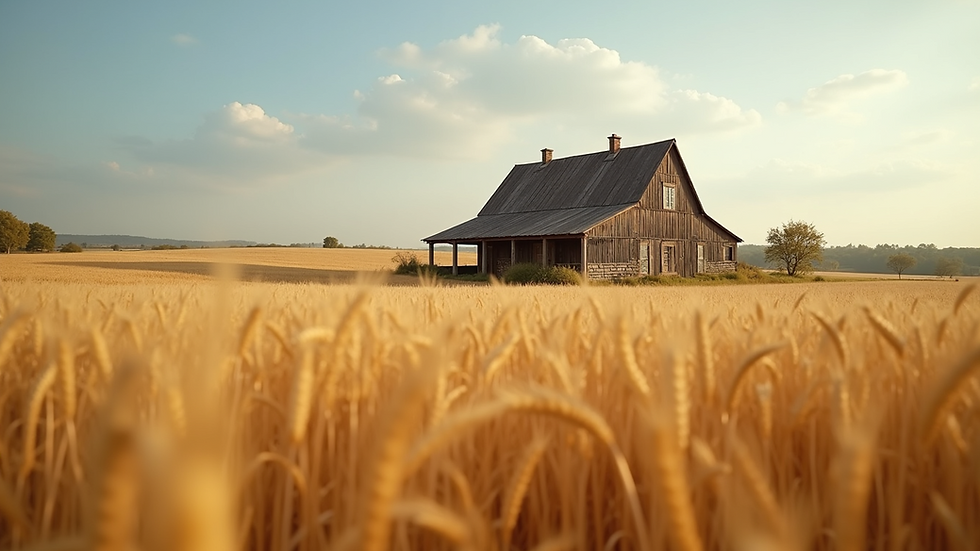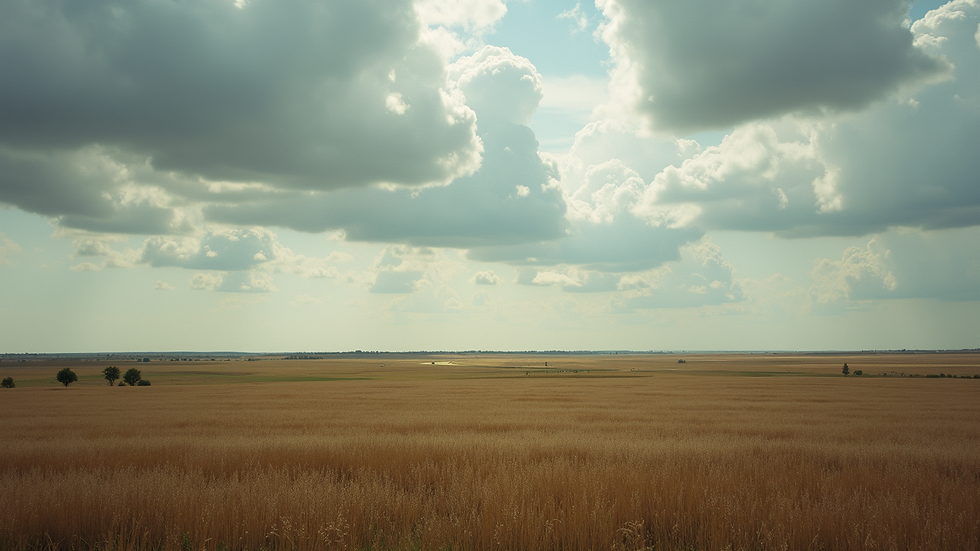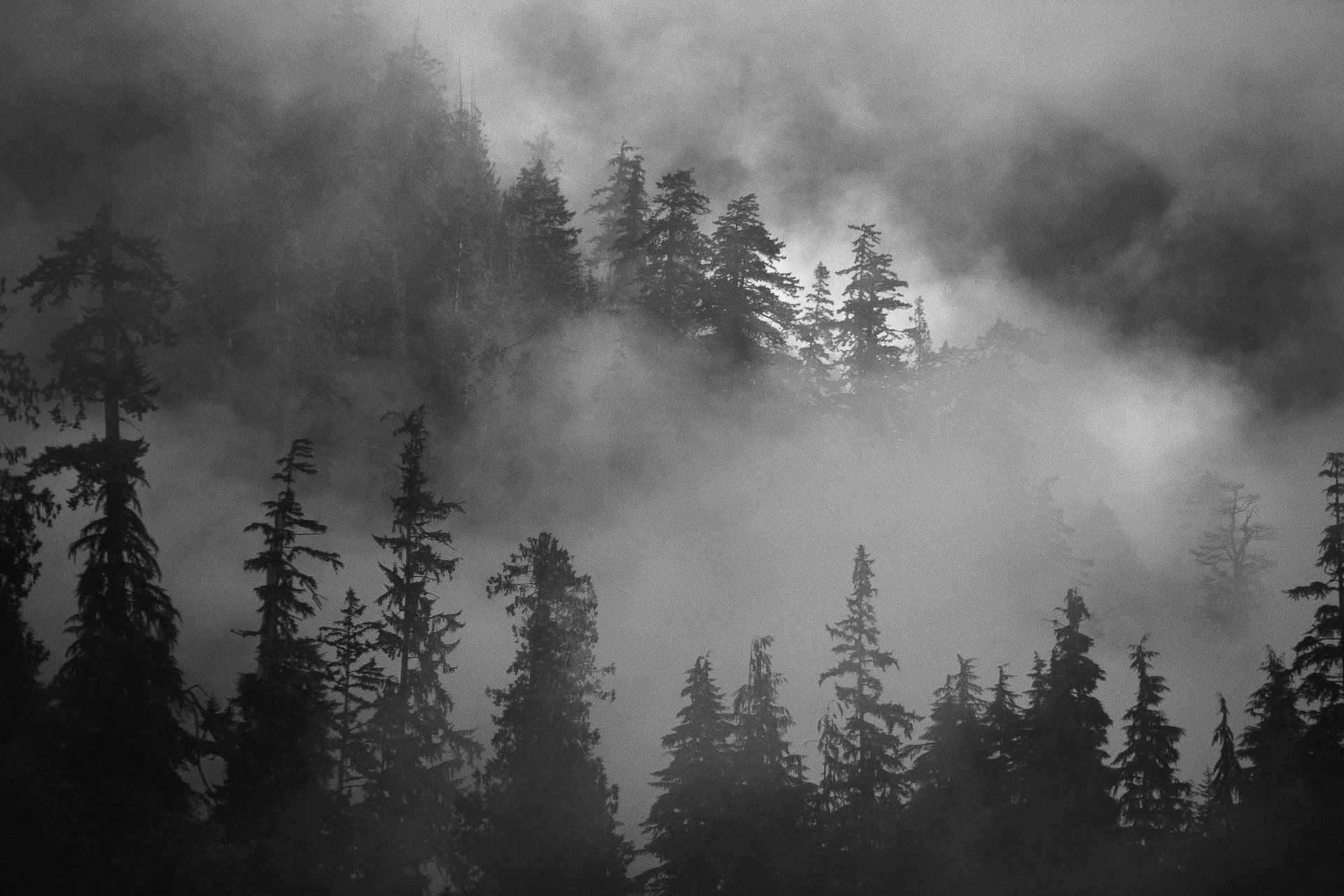Exploring the Depths of Midwestern Storytelling
- Jay Whales

- Oct 6
- 3 min read
The American Midwest is a region rich with history, culture, and unique narratives that have shaped the identity of the United States. Storytelling in this area goes beyond simple tales; it reflects the values, struggles, and triumphs of its people. From the vast plains to the bustling small towns, Midwestern storytelling captures the essence of life in a way that resonates deeply with readers and listeners alike.
The Heart of American Midwest Storytelling
American Midwest storytelling is characterized by its authenticity and connection to the land. The stories often revolve around themes such as resilience, community, and the relationship between humans and nature. These narratives are passed down through generations, preserving the heritage and wisdom of the region.
One of the defining features of Midwestern stories is their focus on everyday life. Unlike grandiose epics, these tales highlight the beauty in ordinary moments and the strength found in simple acts. For example, a story might center on a farmer’s daily routine, the changing seasons, or a small-town festival. This grounded approach makes the stories relatable and enduring.
The Midwest’s diverse population also contributes to the richness of its storytelling. Immigrant experiences, Native American traditions, and the influence of various cultural groups blend to create a tapestry of voices. This diversity is reflected in the variety of genres and styles found in Midwestern literature and oral histories.

The Role of Landscape in Midwestern Narratives
The landscape of the Midwest plays a crucial role in shaping its stories. The vast open spaces, rolling hills, and expansive skies are more than just settings; they are characters in their own right. Writers and storytellers use the environment to evoke mood, symbolize freedom or isolation, and highlight the connection between people and place.
For instance, the endless horizon often symbolizes hope and possibility, while harsh winters can represent hardship and endurance. The changing seasons provide a natural rhythm to many stories, marking the passage of time and the cycles of life.
In literature, the Midwest’s landscape is frequently described with vivid imagery that brings the region to life. This attention to detail helps readers visualize the setting and feel immersed in the story. It also reinforces the importance of place in shaping identity and experience.

What is considered the best western novel?
When discussing the best western novel, many literary critics and readers point to Lonesome Dove by Larry McMurtry. This Pulitzer Prize-winning book is celebrated for its rich character development, vivid descriptions, and authentic portrayal of the American frontier. Although it is set in the West, its themes of friendship, survival, and change resonate with Midwestern storytelling traditions.
Another notable mention is O Pioneers! by Willa Cather, which is deeply rooted in the Midwestern experience. This novel explores the struggles and triumphs of immigrant farmers in Nebraska, highlighting themes of perseverance and connection to the land. Cather’s work is often praised for its lyrical prose and insightful depiction of rural life.
These novels exemplify how western and Midwestern stories share common ground in exploring human resilience and the relationship with nature. They serve as excellent examples for anyone interested in understanding the depth and complexity of American regional storytelling.

Preserving Midwestern Stories in the Digital Age
In today’s digital world, preserving and sharing Midwestern stories has taken on new forms. Online platforms, podcasts, and social media allow storytellers to reach wider audiences and keep traditions alive. This modern approach complements the oral and written histories that have long been the backbone of Midwestern storytelling.
For those interested in exploring or contributing to this rich narrative tradition, there are several practical steps to consider:
Record oral histories: Interview family members or community elders to capture personal stories and experiences.
Write and share: Start a blog or contribute to online forums dedicated to regional stories.
Engage with local events: Attend storytelling festivals, book readings, and cultural gatherings to connect with others.
Use multimedia: Combine text, audio, and visuals to create engaging content that appeals to diverse audiences.
One excellent resource for discovering authentic Midwestern narratives is the collection of mid-western-stories. This site offers a variety of tales that showcase the region’s unique voice and heritage.
The Enduring Appeal of Midwestern Storytelling
Midwestern storytelling continues to captivate audiences because it speaks to universal human experiences through a regional lens. Its focus on community, nature, and resilience offers valuable lessons and inspiration. Whether through novels, oral traditions, or digital media, these stories preserve the spirit of the Midwest and invite others to understand its people and culture.
For writers and enthusiasts alike, engaging with Midwestern stories provides an opportunity to explore a rich literary landscape. It encourages reflection on the past while inspiring new narratives that honor the region’s legacy.
By appreciating and contributing to this tradition, we ensure that the voices of the American Midwest remain vibrant and relevant for generations to come.































Comments